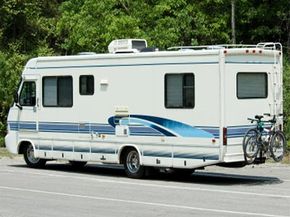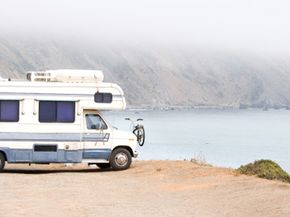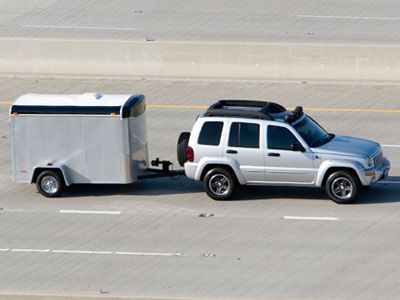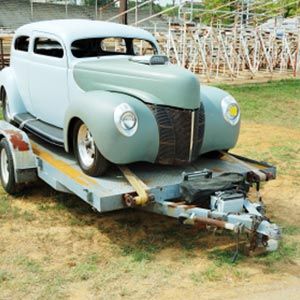If you take a good look around, you'll likely notice that most truck and SUV owners have towing hitches, or a towing receiver, mounted just below the rear bumper of their vehicle. They're easy to spot -- that is, once you know what you're looking for. The typical receiver (with nothing attached) looks like an open-ended square tube. In most cases, the primary intent of this opening is to accept an attachment that permits a trailer to be connected -- normally a ball hitch -- a rather standard piece of towing equipment.
However, in the past several years, manufacturers have learned how to make the receiver opening useful even when there's no trailer attached. Useful accessories allow drivers to mount bicycles, electric winches, steps, spare tires, hunting and fishing gear, or even gas grills to the rear bumper. But what happens if you want to hook up your camper or tow a trailer and bring your bicycles along, too?
Advertisement
If the vehicle is large enough, as in the case of a full-sized pickup truck, SUV or even a recreational vehicle, a front-mount receiver might be a good solution. Really, the idea is quite simple -- take what works at the back end of the vehicle and apply it to the front. The front-end receiver is normally visible just below the front bumper. Hitch accessories attach (and detach) just like they do at the rear of the vehicle.
Most people use front-mount receivers for the wide selection of accessories that they permit; however, it may interest you to know that you can attach a ball hitch to your front end, too. Obviously, you can't push a trailer down the road, but you can hook up to it. With a little practice, very calculated movements of the steering wheel and the added benefit of being able to see the trailer directly in front of you, you should be able to accurately position your trailer within your campsite, driveway or garage.
Relatively speaking, front-mounted receiver kits aren't terribly expensive, either. Depending on the size of the receiver and the vehicle you'll be attaching it to, you'll find that the kits are typically priced between $100 and $250. Once you've decided to purchase a kit, will you need to have someone install it -- or is it something that you can easily handle on your own? Read the next page and decide for yourself.
Advertisement




